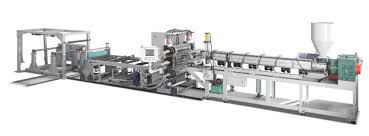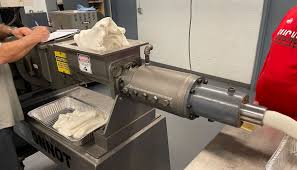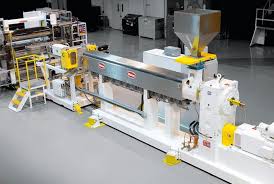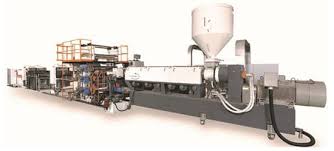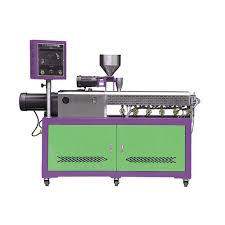A desktop mini extruder is a compact, small-scale extrusion machine designed for easy use in labs, prototyping, small production runs, or educational purposes. It is ideal for processing plastics or other materials in limited quantities, offering precise control in a tabletop-sized device.
What Is a Desktop Mini Extruder?
Compact size: Fits on a desktop or lab bench.
Small output capacity: Suitable for small batches or experimental extrusion.
User-friendly: Often designed with straightforward controls for temperature, screw speed, and feed rate.
Versatile materials: Can process various thermoplastics, composites, or even specialty materials like biodegradable plastics.
Common Uses
Research & Development: Testing new plastic formulations or compounds.
Prototyping: Creating custom filaments for 3D printing or experimental shapes.
Education: Teaching extrusion processes in universities or training centers.
Small batch production: Custom or niche products that don’t require large-scale equipment.
Features to Look for in a Desktop Mini Extruder
Screw design: Single or twin screw options for different material handling.
Temperature control: Precise heating zones for uniform melting.
Feed system: Hopper or pellet feeder for consistent material input.
Output shape: Dies to produce filaments, sheets, rods, or custom profiles.
Safety features: Overheat protection and emergency stops.
Popular Desktop Mini Extruder Brands and Models
Filabot EX2: Designed for filament recycling and production at home or in labs.
Noztek Pro: A small filament extruder popular among 3D printing enthusiasts.
LabTech Micro Extruders: Compact extruders for research and material development.
3devo Composer Series: Desktop extruders for filament and experimental extrusion.
Advantages
Saves material by allowing small-scale runs.
Easy to operate and maintain.
Portable and space-saving.
Affordable entry into extrusion technology.


